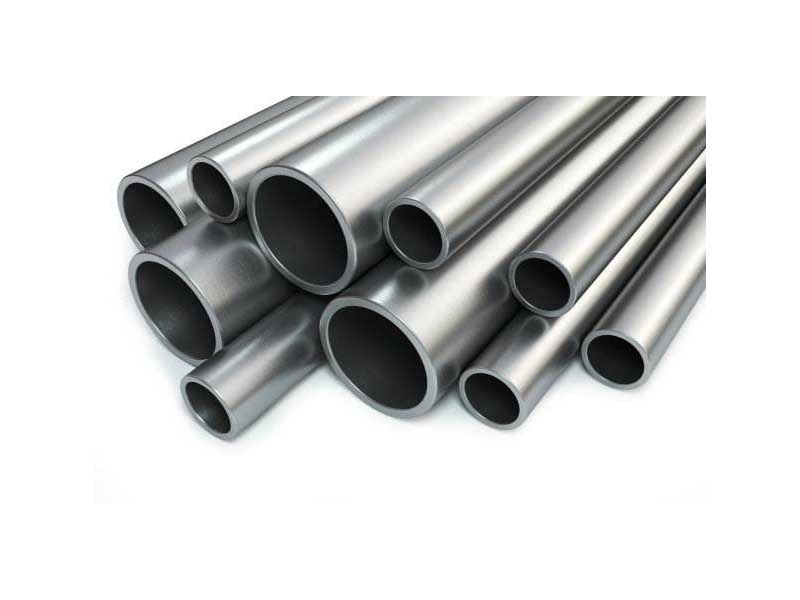

Stainless steel is a low carbon steel containing chromium; it is this addition of chromium that gives ordinary steel its unique anti-fouling and corrosion resistance properties. The chromium in steel permits the formation of a rough, invisible, corrosion-resistant chromium oxide film on the surface of the steel. If the material is mechanically or chemically damaged, the film will heal itself (provided oxygen is present). With the addition of chromium and other elements (such as molybdenum, nickel and nitrogen), the steel has higher corrosion resistance and other properties.
Stainless steels are usually divided into five different categories. Each is identified by the alloying element that affects its microstructure and each is named after an alloying element.

Martensitic stainless grades are a group of corrosion resistant and hardenable (using heat treatment) stainless steel alloys. All martensitic grades are simple chromium steels that do not contain nickel. All these grades are magnetic. Martensitic grades are mainly used where hardness, strength and wear resistance are required.
Ferritic stainless steel grades resist corrosion and oxidation while maintaining resistance to stress and cracking. Although these steels are magnetic, they cannot be hardened by heat treatment. Once annealed, these grades can be cold worked. They have higher corrosion resistance than martensitic grades, but are mostly inferior to austenitic grades. These grades are nickel-free straight chromium steels and are commonly used for decorative trim, sinks and certain automotive applications, such as exhaust systems.
Austenitic stainless steels are the most commonly used group of stainless steels. The high chromium and nickel content of the grades in this group provides excellent corrosion resistance and very good mechanical properties. They cannot be hardened by heat treatment but can be hardened considerably by cold working. None of the grades in this category are magnetic.
Standard grades of austenitic stainless steel contain a maximum of 0.08% carbon; there is no minimum carbon requirement.
The “L” grade is used to provide additional corrosion resistance after welding. The letter “L” after the stainless-steel grade indicates low carbon. The carbon content is kept at or below 0.03% to avoid carbide precipitation, which can lead to corrosion. Due to the temperatures generated during the welding process (which can lead to carbon precipitation) – the “L” grade is usually used. Typically, stainless steel manufacturers offer these stainless-steel grades as dual certification, for example 304 / 304L or 316 / 316L.
Stainless steel grade “H” has a carbon content of at least 0.04% and a maximum carbon content of 0.10%. The higher carbon content helps to maintain strength at extreme temperatures. These grades are indicated by the letter “H” at the end of the stainless-steel grade. This designation will be used when the end use involves extreme temperature environments.

Duplex grades are a combination of austenitic and ferritic materials. These grades are approximately twice as strong as austenitic and ferritic grades. They do not reach the level of austenitic grades, although they do have better toughness and ductility than ferritic grades. The corrosion resistance of duplex grades is very close to that of austenitic grades, such as 304 and 316. 2205 grade is the most widely used of the duplex classes.
Precipitation hardening stainless steels can be strengthened and hardened by heat treatment. This provides designers with a unique combination of fabric properties, strength, ease of heat treatment and corrosion resistance not found in any other type of material. These grades include 17Cr-4Ni (17-4PH) and 15Cr-5Ni (15-5PH).

For Further Details,Please Feel Free To Contact Us: